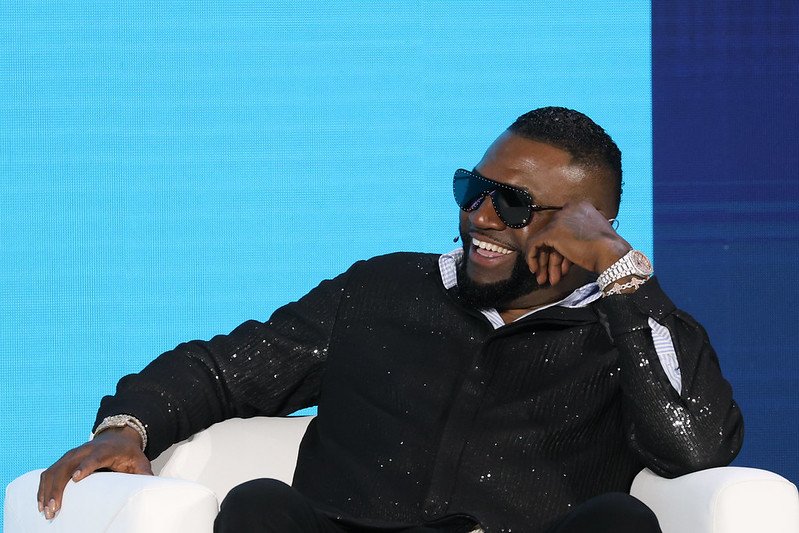How HR and L&D Leaders Can Prepare for the Future of Life Sciences: Insights from MassBio’s 2025 State of Possible Conference
At Claria Partners, we partner with life sciences organizations to build scalable, people-first strategies for growth. Last week, we attended MassBio’s 2025 State of Possible Conference, which marked 40 years of Massachusetts’ leadership in biotechnology and biopharma innovation.
This year’s theme, “This Is the Place,” highlighted the unmatched density of academic institutions, biomanufacturing capacity, investment capital, and biotech talent that makes Massachusetts a global biotech powerhouse.
But for us, the biggest takeaway was this: the future of life sciences will depend not only on scientific breakthroughs—but on how well companies invest in talent, leadership, and learning.
Regional Growth Will Require Scalable Workforce Strategies
With MassBio’s Vision 2030, there’s a clear commitment to expanding beyond the Boston/Cambridge core. New innovation corridors will bring opportunity—but also the need to attract, train, and retain a more geographically dispersed workforce.
What this means for HR & L&D:
Workforce planning must reflect regional diversity and inclusion
Learning strategies must be accessible across hybrid, remote, and onsite teams
Talent development must scale across new biomanufacturing and R&D sites
Innovation Funding Needs to Be Matched with Talent Investment
While much of the conference focused on early-stage capital and venture funding, there was growing recognition that innovation also depends on building high-performing, resilient teams.
Key opportunities for People Leaders:
Invest in leadership development for scaling teams
Strengthen change management capabilities
Align talent strategy with business outcomes and scientific goals
In short, the most successful biotech companies will be those that build great science and great teams.
TechBio & AI Are Reshaping Talent Needs
A major theme this year was the explosive growth of TechBio—where AI, machine learning, and computational biology are transforming how therapies are discovered and developed.
MassBio projects a 49% increase in computing and IT roles in life sciences by 2032. The implications for workforce development are massive.
Implications for HR & L&D leaders:
Strengthen digital literacy across the organization
Build cross-functional training paths between science and tech
Partner with academia to create next-gen learning pipelines for data science, bioinformatics, and digital R&D
Culture, Belonging & Leadership Still Matter
From keynote speakers to award recipients, the human side of science was front and center. Eli Lilly received the Spirit of Massachusetts Award, and MassBio introduced new leadership focused on biomanufacturing, digital health, and global partnerships.
And yes, Big Papi (David Ortiz) made an unforgettable appearance, reminding us that leadership with heart is still leadership at its best.
Takeaway for people leaders:
Build a culture of belonging and innovation
Equip leaders to lead through uncertainty and scale
Keep human connection at the center of scientific progress
Ready to Support What’s Possible
At Claria Partners, we believe HR and L&D teams are the linchpin of innovation. As Massachusetts continues to lead the life sciences industry into its next chapter, we’re here to help you scale your people strategy alongside your product strategy.


